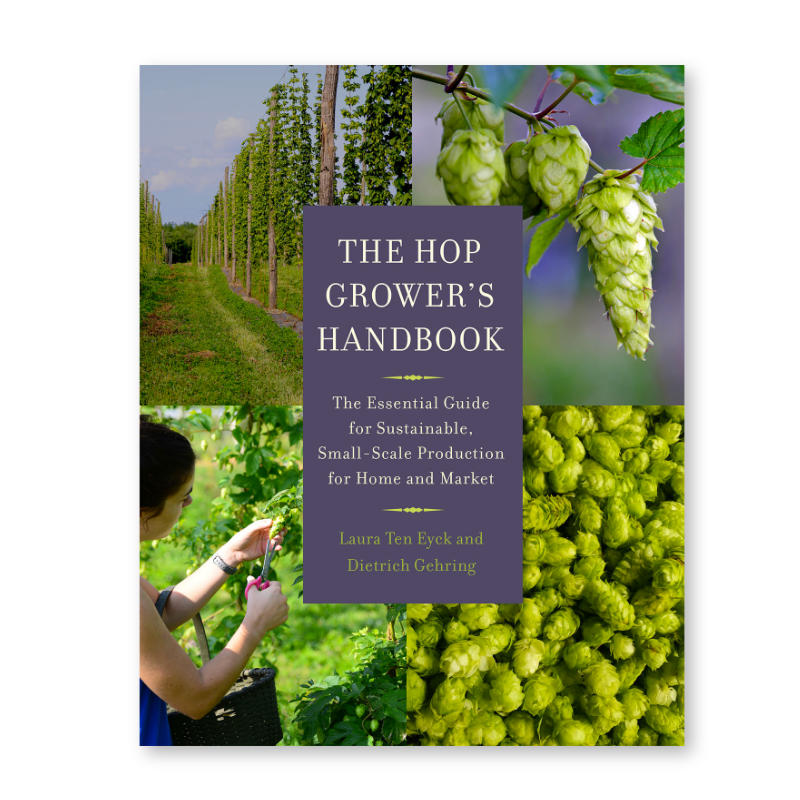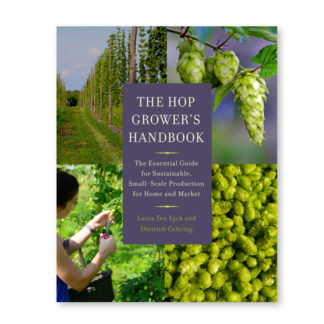Description
It’s hard to think about beer these days without thinking about hops. The runaway craft beer market’s convergence with the ever-expanding local foods movement is helping to spur a local-hops renaissance. The demand from craft brewers for local ingredients to make beer – such as hops and barley – is robust and growing. That’s good news for farmers looking to diversify, but the catch is that hops have not been grown commercially in the eastern United States for nearly a century.
The overwhelming majority of books and resources devoted to hop production currently available are geared toward the Pacific Northwest’s large-scale commercial growers, who use synthetic pesticides, fungicides, herbicides, and fertilisers and deal with regionally specific climate, soils, weeds, and insect populations. Ten Eyck and Gehring, however, focus on farming hops sustainably. While they relay their experience about growing in a new Northeastern climate subject to the higher temperatures and volatile cycles of drought and deluge brought about by global warming, this book will be an essential resource for home-scale and small-scale commercial hops growers in all regions.
The Hop Grower’s Handbook provides readers with detailed information on:
- Selecting, preparing, and designing a hop yard site, including irrigation;
- Tending to the hops, with details on best practices to manage weeds, insects, and diseases; and,
- Harvesting, drying, analysing, processing, and pricing hops for market.
Published 2015
Chelsea Green Publishing
Colour photos and illustrations throughout, 288 pages.
ISBN: 9781603585552


Reviews
There are no reviews yet.